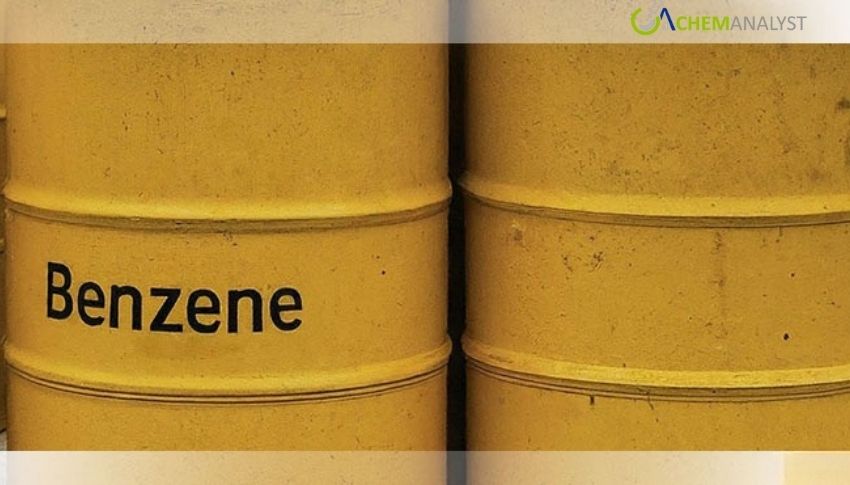Welcome To ChemAnalyst

Asia's benzene market is facing structural oversupply pressure, soft global demand, and rising trade tensions. Japanese traders are uncertain with stalled trade negotiations and pending tariffs. Even with government backing, ongoing margin deterioration and inventory accumulation point to deeper industry problems. With expansion ongoing despite poor fundamentals, regional players are preparing for prolonged volatility and cautious downstream attitudes in the coming months.
Asia's petrochemical and benzene markets are still precariously positioned, subject to a combination of structural imbalances and geopolitical tensions that obscure the industry's future. Producers from the region—Japan to South Korea and China—are dealing with weak global demand, rising inventories, and a volatile trade climate that keeps commercial confidence off balance.
Japan's benzene industry is specifically in the eye of the storm as Tokyo struggles to overcome trade tensions with its most important partners. Lack of a completed trade agreement with the United States has preserved the potential for new tariffs, raising concerns for benzene exporters as well. Several Japanese manufacturers significantly rely on consistent offshore demand for benzene derivative materials like styrene, phenol, and cumene. With negotiations at an impasse and protectionist measures gaining traction, petrochemical stakeholders are exposed more to the volatility of costs and margins compression.
Aside from trade frictions, more fundamental structural problems are involved. Analysts in independent energy research organizations have also pointed out an alarming trend: worldwide production capacity for major petrochemicals—particularly ethylene and benzene—remains ahead of demand. This surplus has caused sliding profit margins in Asia's benzene market, with domestic stocks still high. While governments have intervened by providing subsidies to the industry, these are now increasingly seen as short-term palliatives, not permanent answers to long-term problems.
In spite of clear indications—weak downstream offtake, plant closures, and reduced profitability—the capacity additions continue in Asia impacting the benzene market. This growing disparity between supply-side dreams and demand-side realities is sending alarm signals. Benzene market observers caution that in the absence of a concerted shift toward supply rationalization, the region runs the risk of trapping itself into a long cycle of price volatility and mediocre returns.
Adding to the uncertain environment, Japan's market for benzene resumed trading after a public holiday, with traders showing little concern about recent political developments. The coalition government's defeat in the upper house election did little to disturb financial markets, partly due to Prime Minister Fumio Kishida's assurance of staying in power and ensuring policy stability.
But breaking news of a new trade agreement unveiled by then-U.S. President Donald Trump—including a 15% tariff on Japanese imports—has raised new fears among petrochemical exporters. Although Japanese investments in the United States were also emphasized, the wider implications of benzene flows are still uncertain.
Locally, Japan's benzene demand remains sluggish, and recovery in important downstream markets such as automotive and electronics remains subdued. With overseas market signals still confusing and fresh trade barriers in Europe looming on the horizon, the region's players are preparing for a bumpy second half of the year.
We use cookies to deliver the best possible experience on our website. To learn more, visit our Privacy Policy. By continuing to use this site or by closing this box, you consent to our use of cookies. More info.
